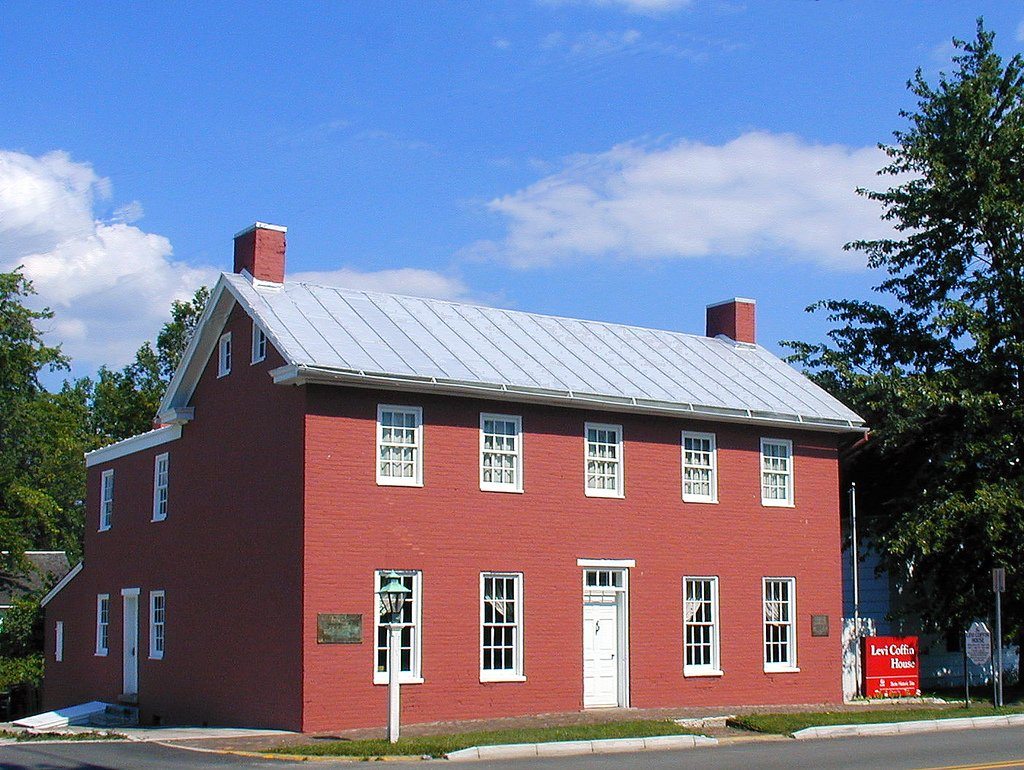In the spirit of Sankofa – an Ashanti metaphorical symbol that means reaching back to the knowledge of the past and bringing it into the present in order to make positive progress – we celebrate Black History Month throughout the month of February.
Face2Face Africa takes you through the 28-day journey by highlighting 28 landmarks in the United States that are significant to African American history.
For today’s installment, we spotlight a house that played a very indispensable role during the Undergound Railroad movement, the Levi Coffin House.
Located at Fountain City (formerly Newport) in Wayne County, Indiana, the brick house was originally owned by Quaker abolitionist couple Levi and Catharine Coffin and was built in 1839, according to the Indiana State Museum.

During the Underground Railroad movement, the Coffins used their home as a haven for runaway slaves escaping to Canada. The home became popularly known as “The Grand Central Station” of the Underground Railroad due to its strategic location.

With Madison (Indiana), Jeffersonville (Indiana) or Cincinnati (Ohio) being the main routes fugitive slaves who were led by the Underground Railroad conductors used to escape to freedom up north, the Coffin house became one of the vital transit points. The couple provided food, money, accommodation and other supplies to the fugitives before they continued their journey to Canada.

What made their home even safer, according to the Indiana State Museum, was the neighbourhood it was located. Situated on Highway 27 in a vigilant Quaker community, the entire neighbourhood was always on the lookout for bounty hunters and gave the Coffins a heads-up any time they were in town.

Levi Coffin, who was given the nickname the “President of the Underground Railroad” also gave the slave catchers a tough time anytime they came knocking by asking for arrest warrants or slave ownership papers before he allowed them in.

Having to go to Centerville in Center Township which was a bit far from the house for such documents, it gave the Coffins and the fugitive slaves the leeway to facilitate their escape up north before the slave catchers returned.
Inside the eight-room home, the Indiana State Museum states that:
“Most rooms in the home have at least two ways out, there is a spring-fed well in the basement for easy access to water, plenty of room upstairs allowed for extra visitors, and large attic and storage garrets on the side of the rear room made for convenient hiding places.”

The Coffins moved from their Newport residence to Cincinnati in 1847 where Levi managed a wholesale warehouse which supplied free-labour goods void of slave labour. That, however, did not stop them from helping fugitive slaves escape.
The Coffins reportedly helped more than a thousand fugitive slaves who passed through their Newport home escape to freedom.
The house is a National Historic Landmark and is on the list of the top 25 historic sites to visit in the United States.










